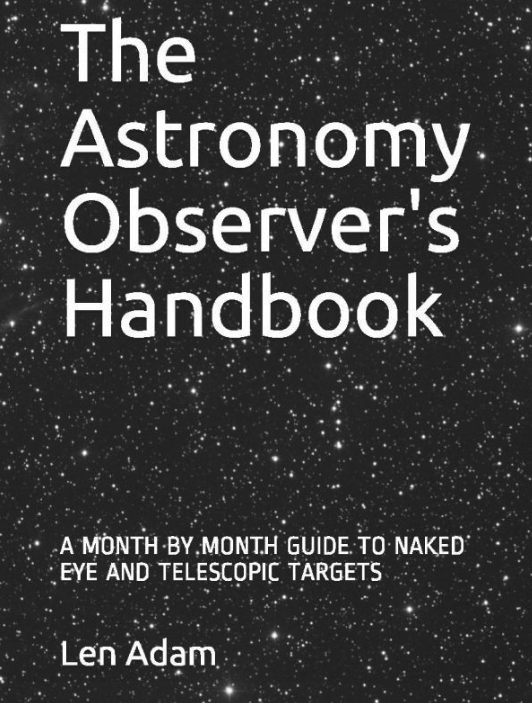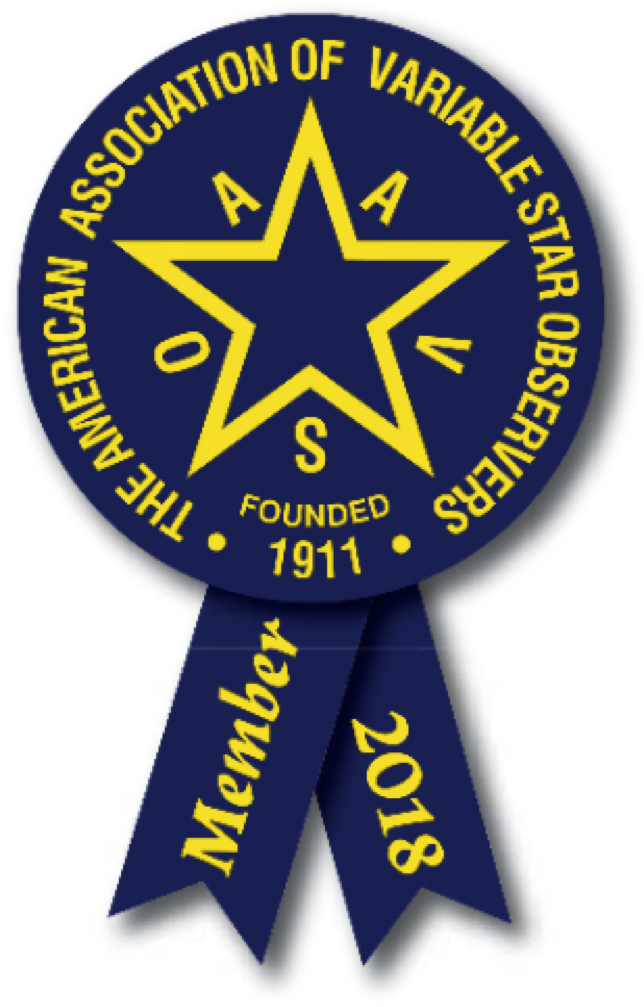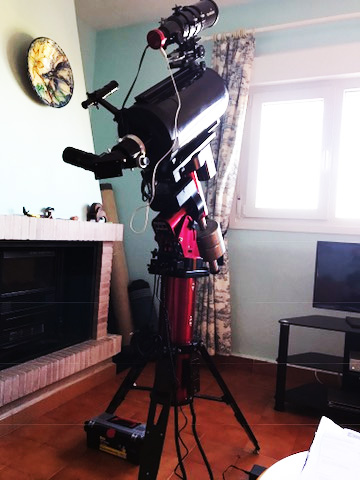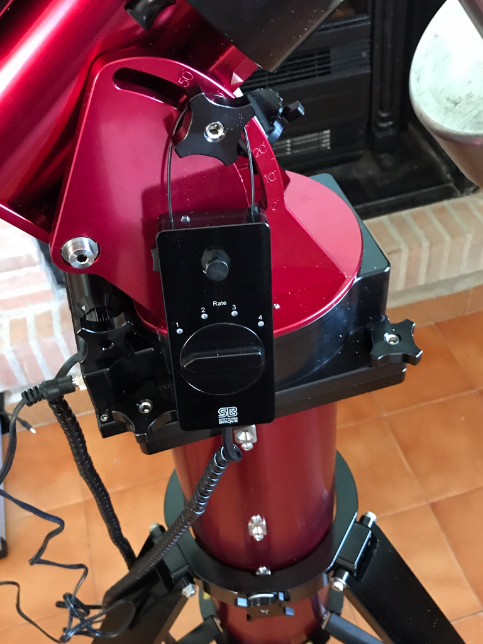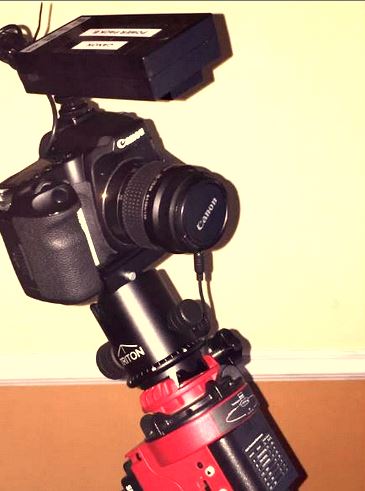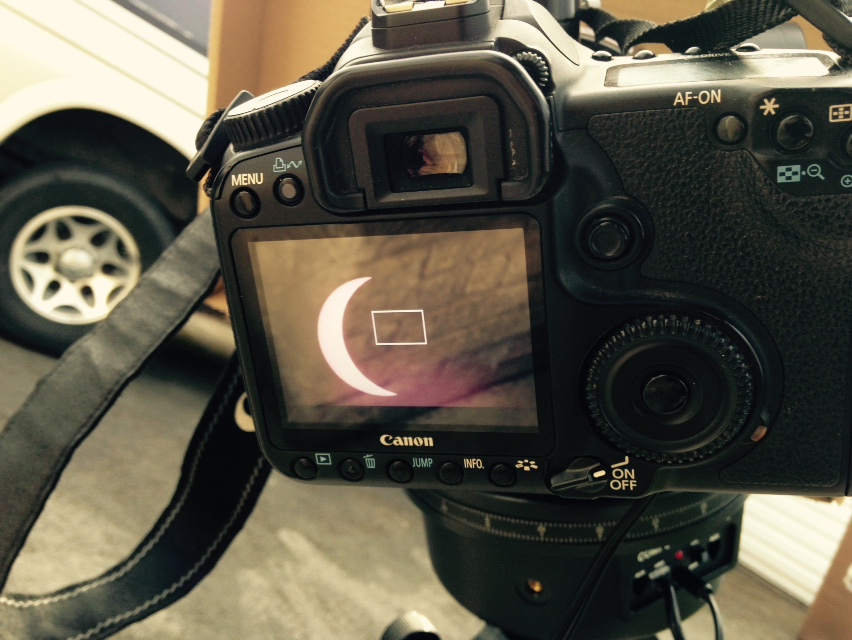I arrived in Spain at Cabrera at about 9pm on Tuesday evening after a very long journey down from Bilbao following a 2 night boat journey from Portsmouth via the Bay of Biscay.(15th November 2011). The sky was clear and Jupiter was shining like a beacon in the dark sky.
The next day was clear and I was able to start unloading my truck to get ready to set up the telescope.

The optimum site for positioning the telescope was by the swimming pool - a convenient spot at top left.
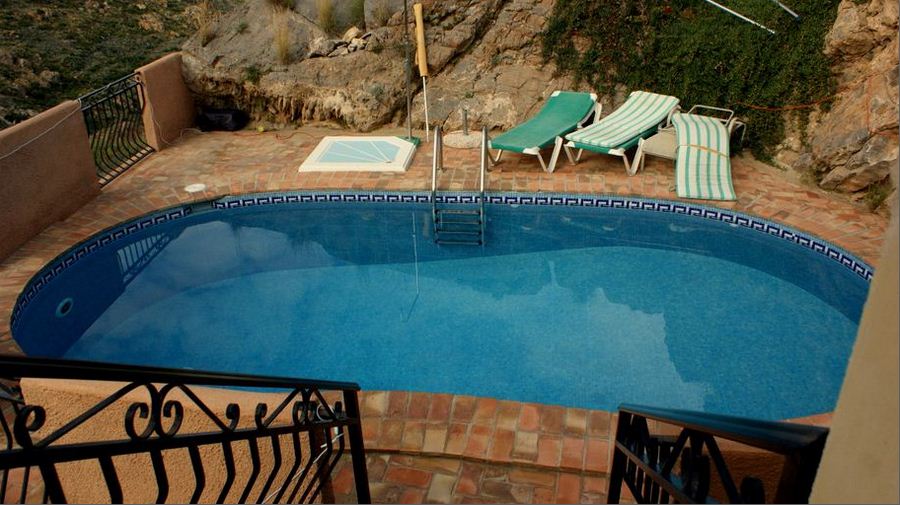
The following images show some of the sky from that position
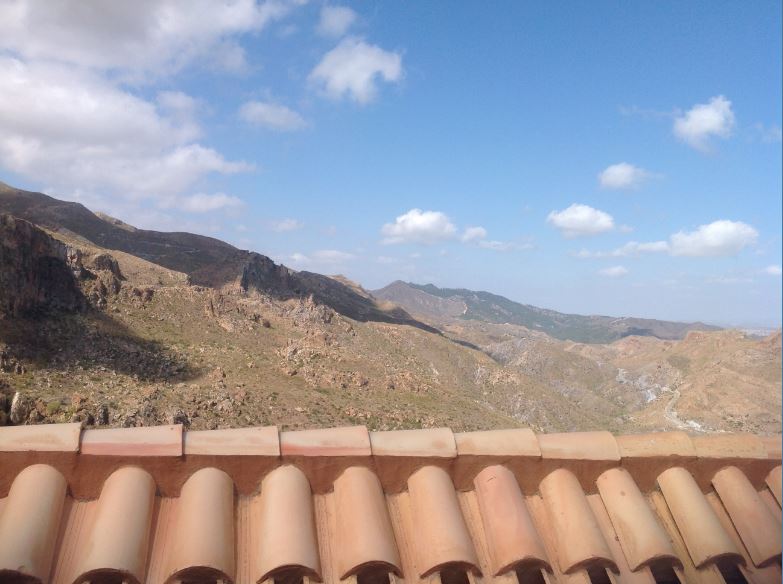
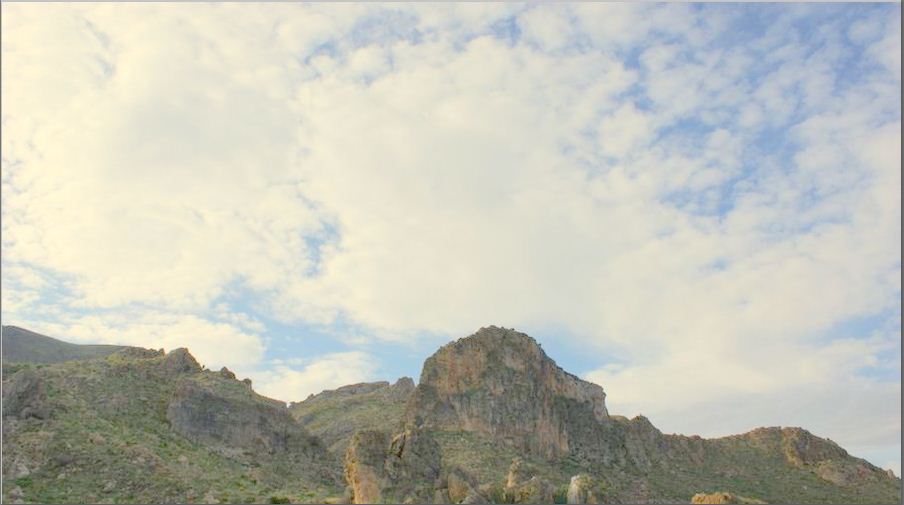
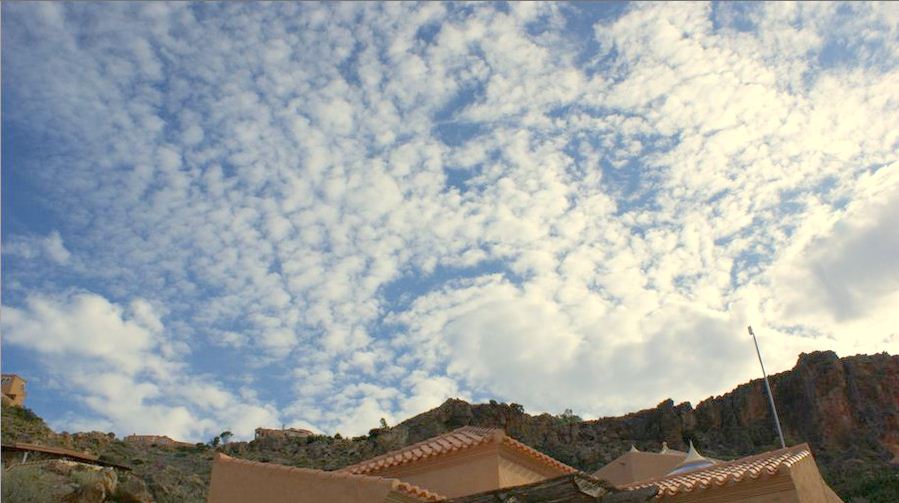
The telescope was eventually set up in that position - as it has been raining in buckets since Thursday it is still not polar aligned. This is it undergoing slew testing from my "control room " in the house. This is a convenient corner with two windows allowing me to monitor the telescope and some of the sky! It is controlled by 20 metres of active USB cable with a splitter at the telescope end that connects to telescope control, the SBIG ST9XE Camera (not yet connected) and the TCF focuser. I use the TCF software for focusing as I have been unable to get CCDSoft to accept the connection as yet. I am hoping for a clear night tonight - the latest satellite image below (1400 hrs UT 21st Nov11) does show some gaps but it is by no means certain that I will be able to align the telescope and mount!!

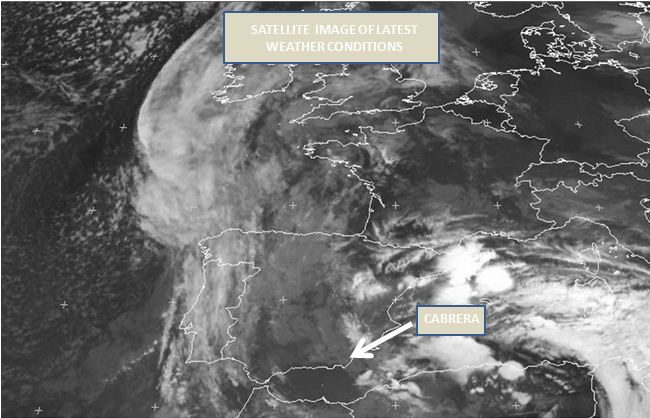
I had a loud welcome from 6 Red Legged Partidges today at the back of the house - one shown below.
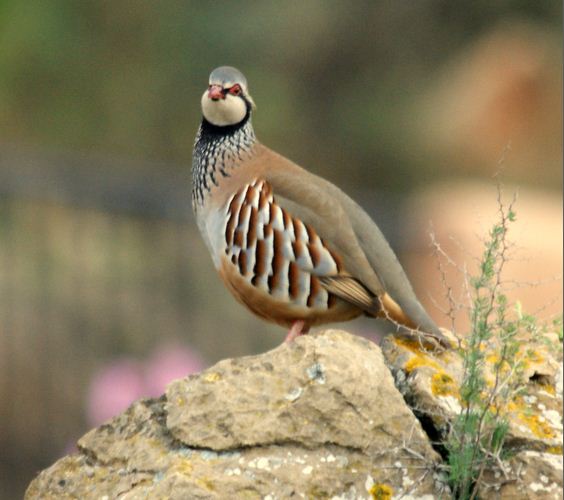
 Tuesday, January 3, 2012 at 5:24AM
Tuesday, January 3, 2012 at 5:24AM  [Your Name Here] | Comments Off |
[Your Name Here] | Comments Off | 
